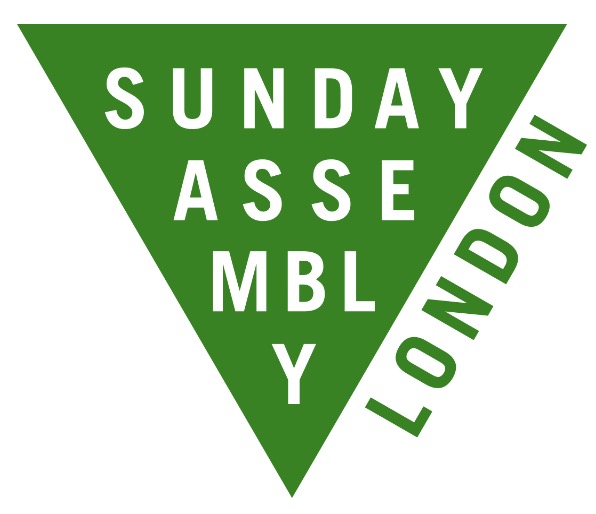This week I’m not going to be instructing you all to go out and make random proposals… (I’ll save that for R). Instead I’m going to be helping you to understand what Engagement means in the PERMA model by asking a few questions. When do you find yourself doing exactly what you want to be doing and never wanting it to end? When does time appear to stop for you? When do you lose your sense of self-consciousness? When are you fully in the moment?
Engagement is all about getting completely absorbed in an activity. It is synonymous with the concept of flow, defined and researched by Mihaly Csikszentmihalyi and is shown to lead to psychological growth. We most often experience flow when we use our highest strengths; we don’t think or feel during the event but look back afterwards and say to ourselves, “wasn’t that great, didn’t I do well!”. For example, some of us will experience flow when we take part in a physical activity such as skiing or climbing, while others get it when they play an evenly matched game such as tennis or chess. Some of us are even lucky enough to experience flow in our work, on an assembly line, in retail, teaching, being creative or solving problems.
Although the activities themselves can be quite different depending on who we are they all usually have 8 major components:
- The task is challenging and requires a level of skill
- We must be able to fully concentrate on what we are doing
- The task has clear goals
- We get immediate feedback
- We are so involved in the task that we don’t worry about everyday life
- We have a sense of control
- Our sense of self disappears (but paradoxically after the event reappears stronger)
- The sense of time is altered
Although the experience of flow is available to all of us, some will experience it more than others. Interestingly, we often choose positive emotions, immediate pleasures over engaging activities (watching TV rather than reading a book). In one of Mihaly’s studies he compared 250 low-flow teenagers with 250 high-flow teenagers. The low-flow teenagers typically hung out and watched a lot of television. The high-flow teenagers had hobbies, engaged in sports, and spent time on their schoolwork. They found that the high-flow teenagers did better on every measure of wellbeing (e.g. self-esteem and engagement) even if they thought their low-flow peers were having more fun (which they may have been, but remember about hedonic adaptation from ‘P’). This reaffirms that wellbeing follows on from engagement, that flow experiences build psychological growth, after the event and perhaps even at a much later date.
So, this week’s activity is to learn more about you and what gets your flow going. To do this I want us to learn about what our highest strengths are so that we can engage them more often, to experience flow in more aspects of our lives. Martin Seligman writes about 24 character strengths and you can take the following survey to discover what your ‘signature strengths’ are:www.viacharacter.org/survey/Account/Register
Once you’ve completed the survey, look at your top 5 strengths, then try and set aside some time in the next week to use one of these strengths. For example, if one of your strengths is creativity set aside a couple of hours to do something creative; draw, paint, write. If one of your strengths is an appreciation of beauty and excellence make time to walk a different way home from work even if it adds half an hour to your commute. Try and write about the experience after, how did you feel before doing the activity, during it, and after? Was it challenging or easy? Did you use skills? Did time pass slowly or quickly? Did you feel self-conscious? Would you do it again?
Now go get your flow going!

